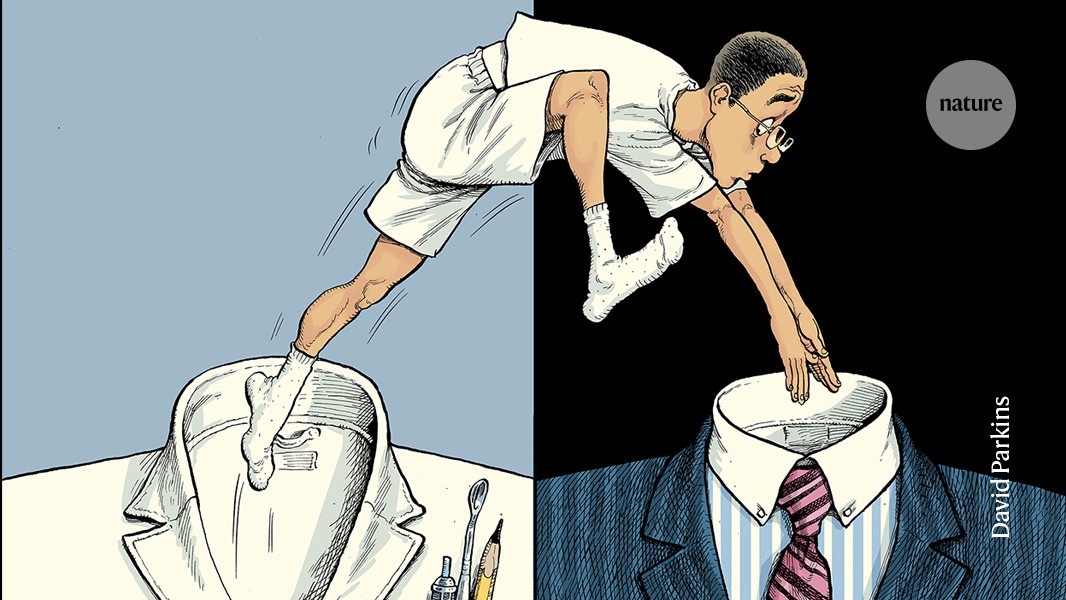
Lead Through Mistakes
In our evolutionary history, the instinct for self-preservation has been essential for survival. Staying within one’s familiar environment reduced risks: a known environment was generally less dangerous, while the unknown could conceal potential threats. For this reason, our brain developed a tendency to be wary of what we do not know.
This is one of the reasons why people aim to maintain stability. This reaction does not only apply to individuals, but also to company culture, which can resist change through shared values and behaviors that are difficult to modify. Familiar tools and processes provide a sense of security that facilitates collaboration and limits uncertainties. However, change is necessary to adapt, improve, grow, and often to avoid being overtaken by the competition. Despite this, every attempt at transformation almost always encounters some form of resistance.
When it comes to change in the workplace, the focus is often on introducing new tools or technologies. The idea is appealing: a new application alone can solve problems and improve team productivity. But is it really that simple? Reality shows that changing tools without a similarly deep change in other aspects of the team is often an uphill path. And if change is forced, the risk is achieving only superficial compliance, without real improvement.




















